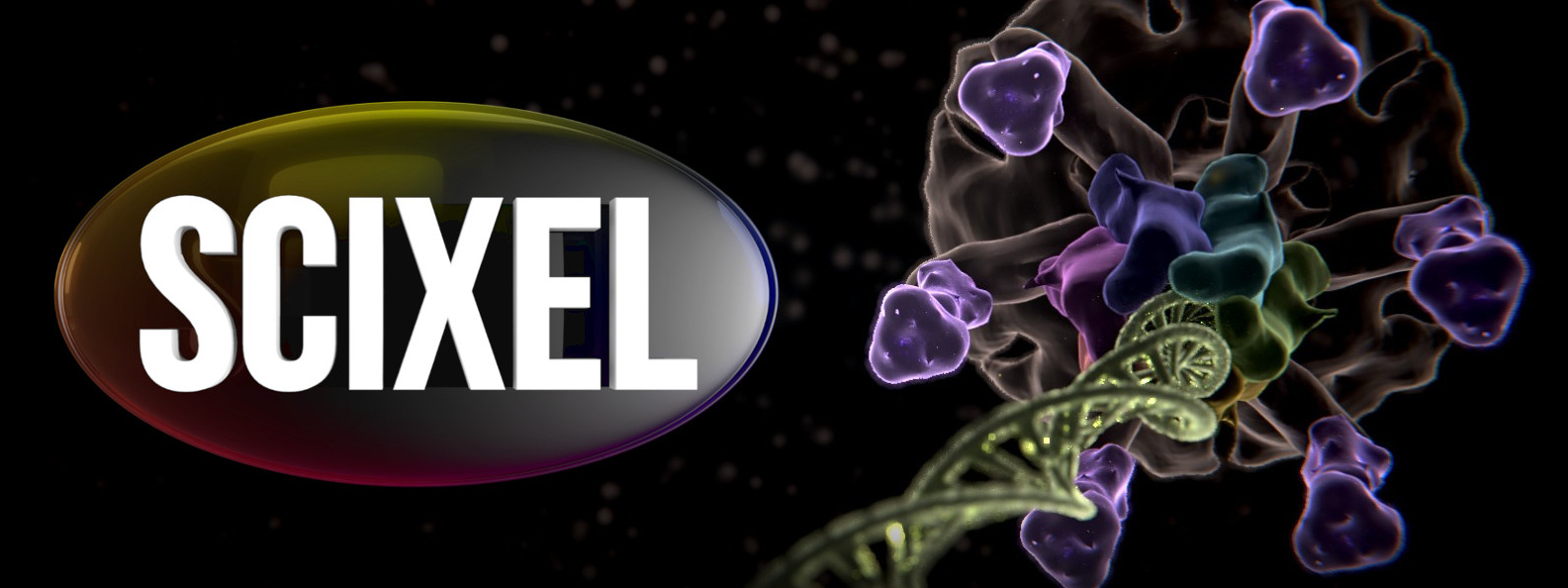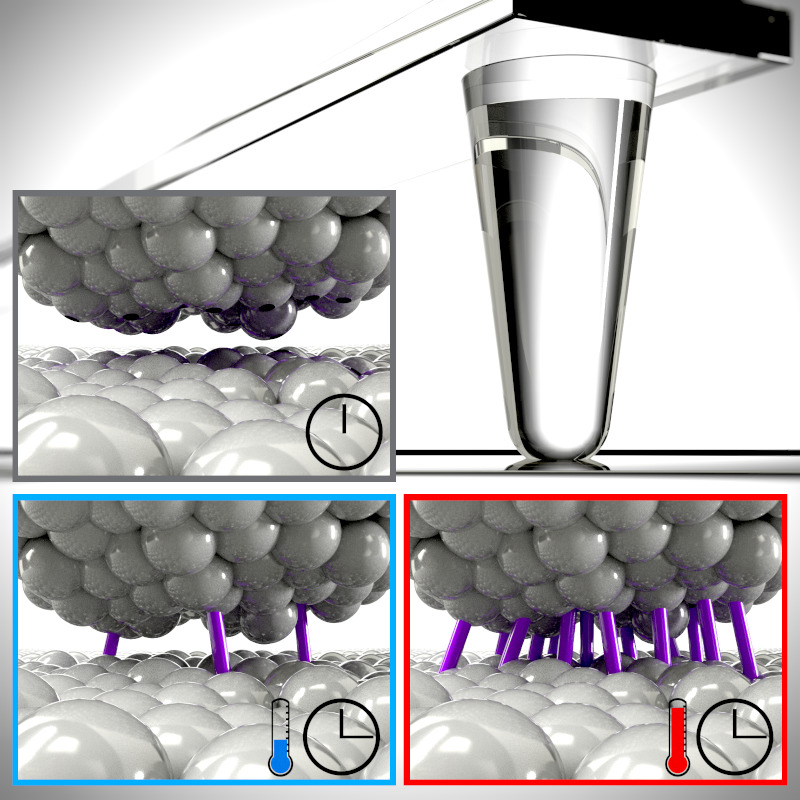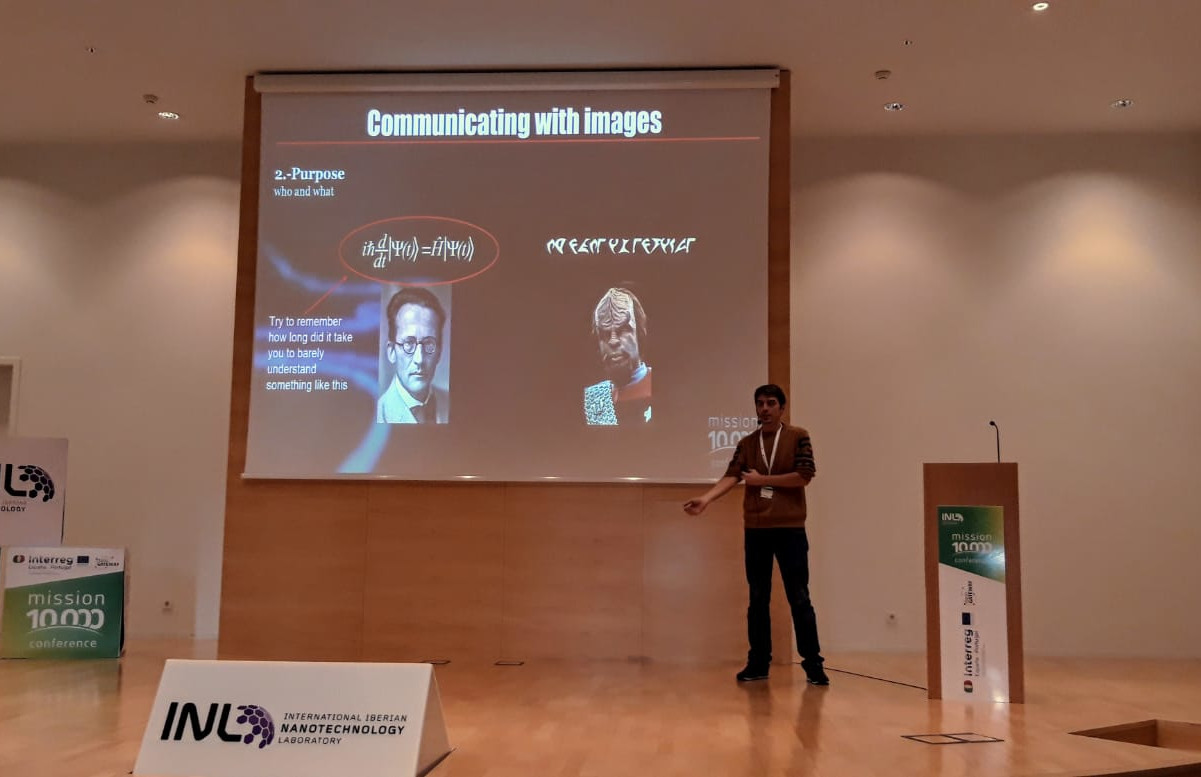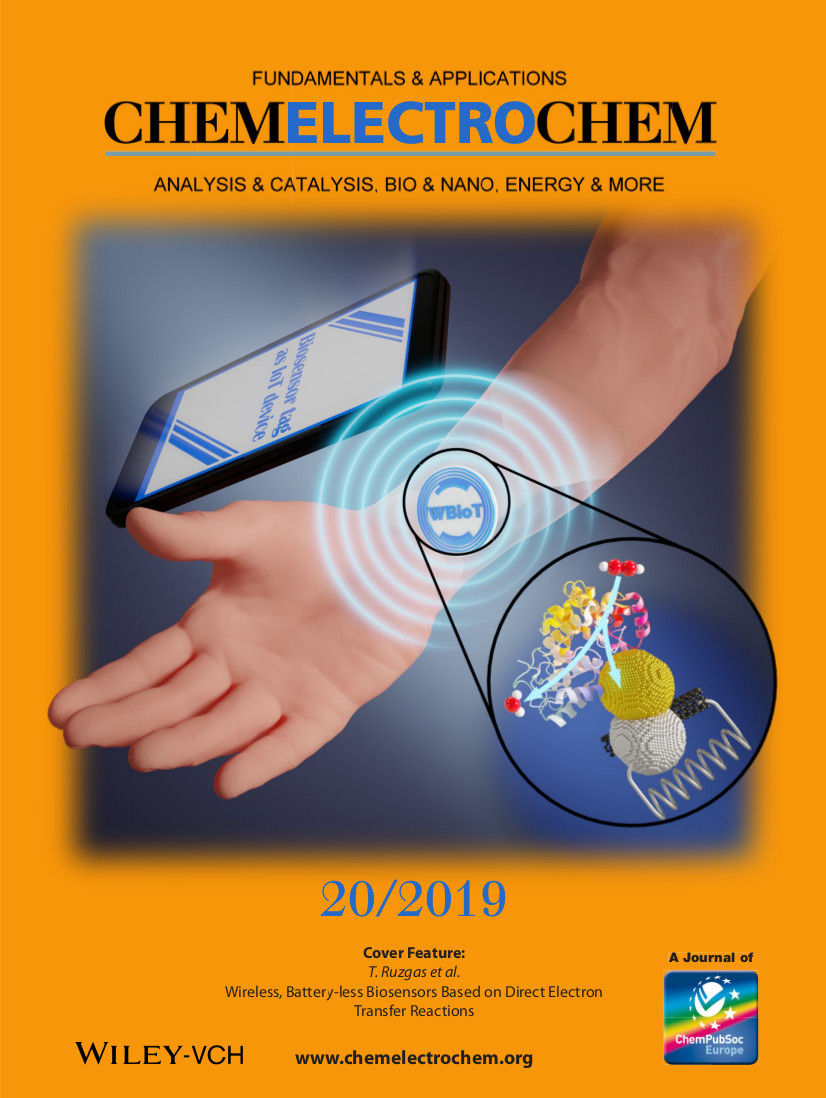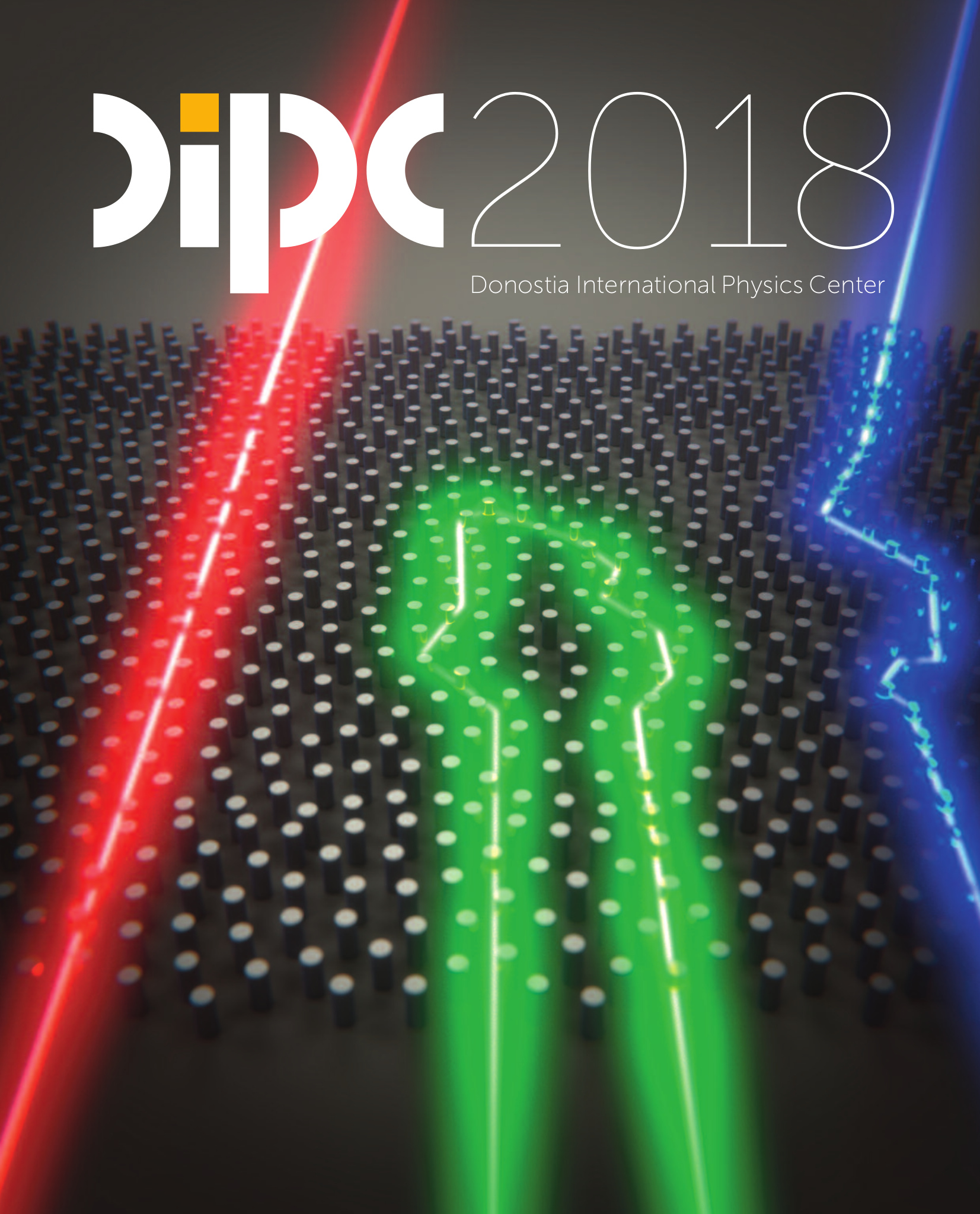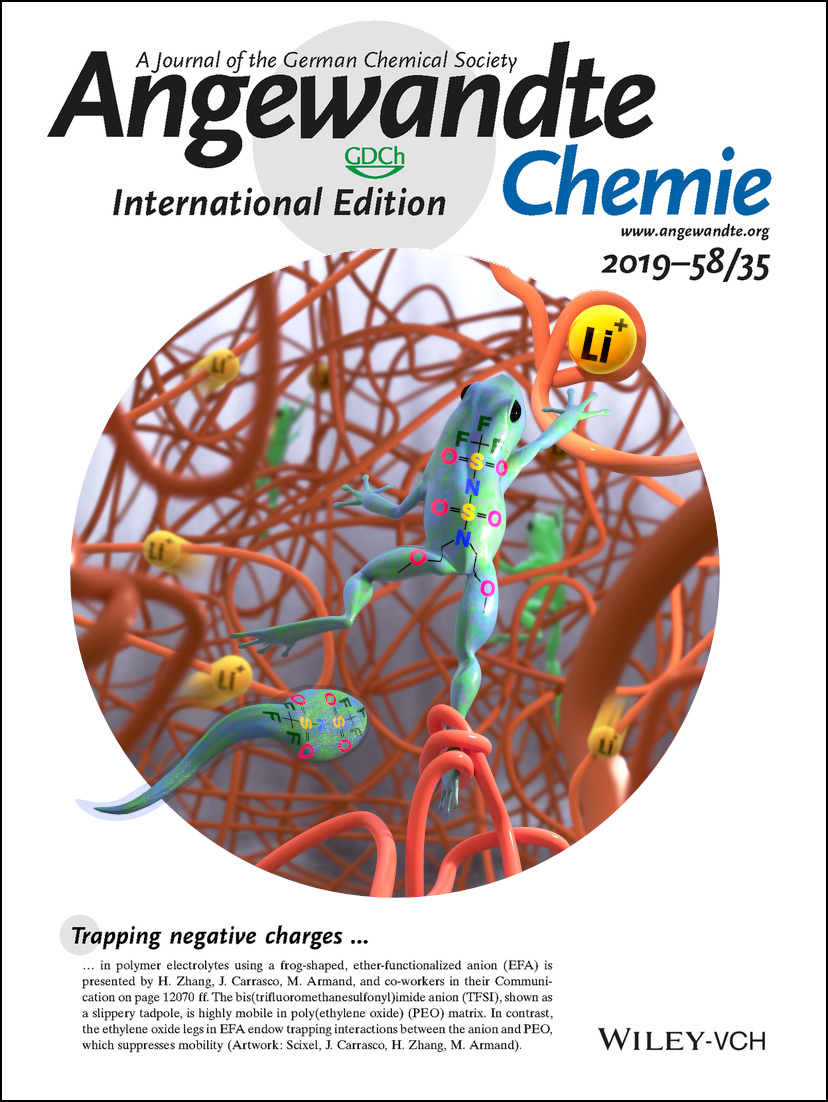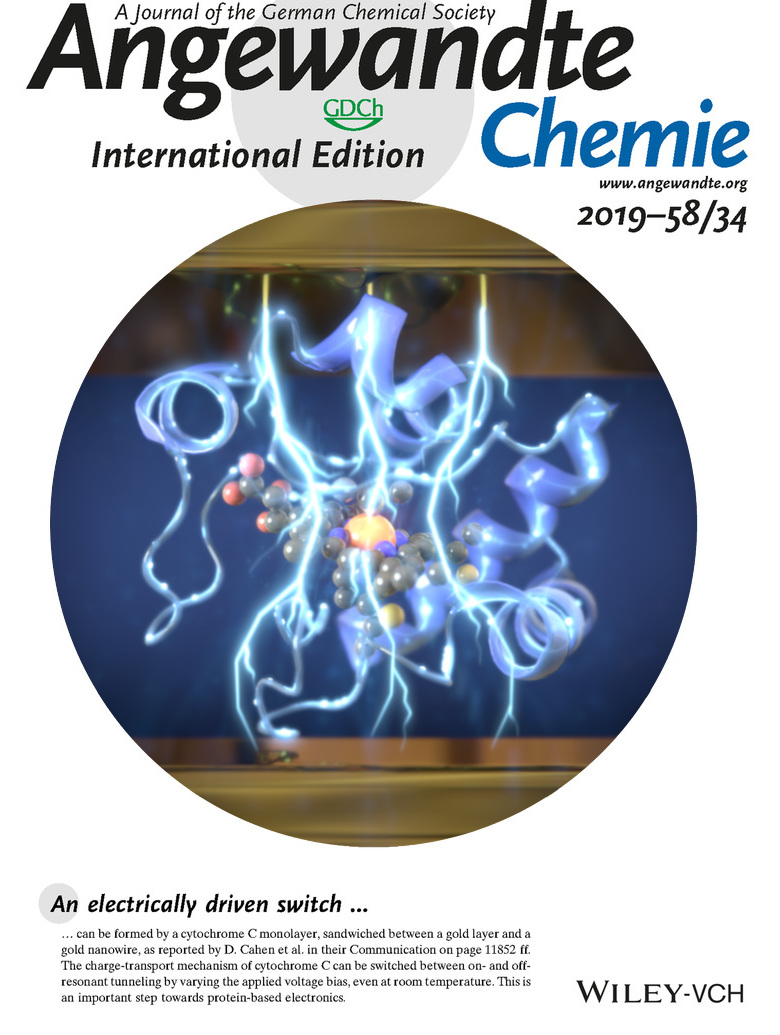Friction between surfaces is of great importance and it is at the core of numerous and different phenomena: from earthquakes to the development of microelectromechanical systems. A new work involving Germany, Switzerland and Spain have studied how the role of contact aging affects this friction. In particular, they’ve shown how thermally activated bond formation dramatically changes the friction strength over time.
They’ve published their findings in Physical Review X and its work, together with an image we designed for them (with the close supervision of Dr. Guilherme de Vilhena) appears today (3/12/19) in PR-X featured papers.
